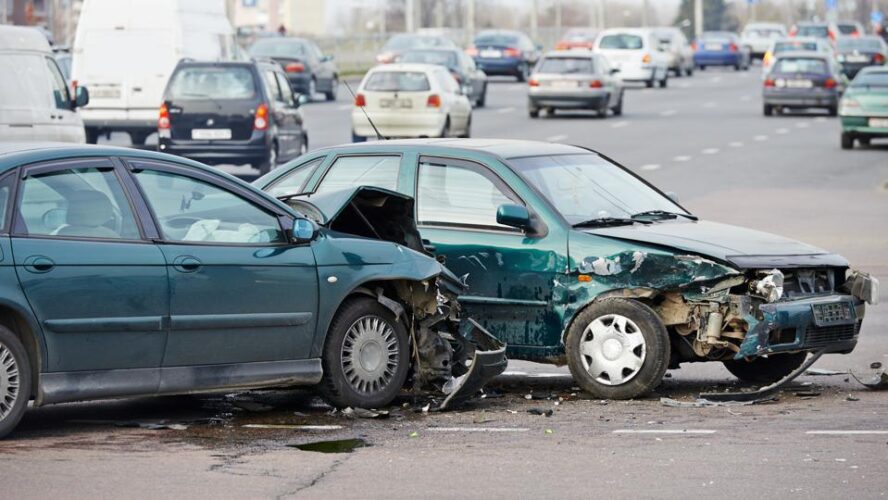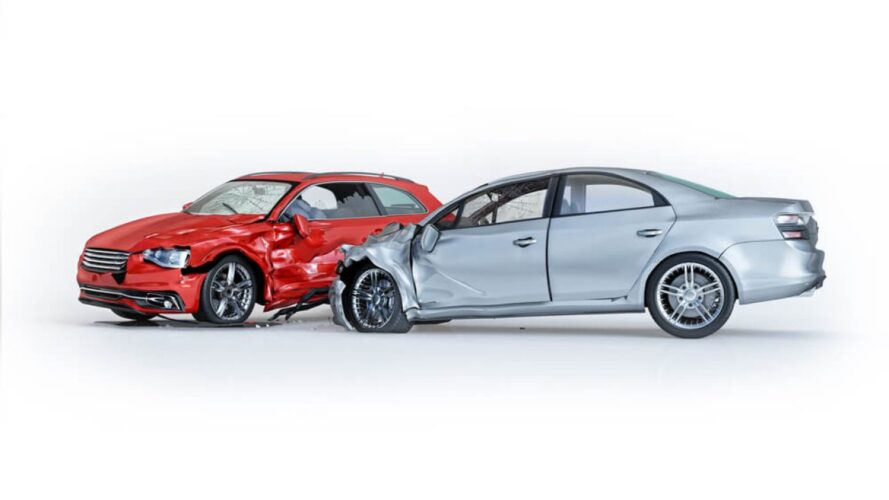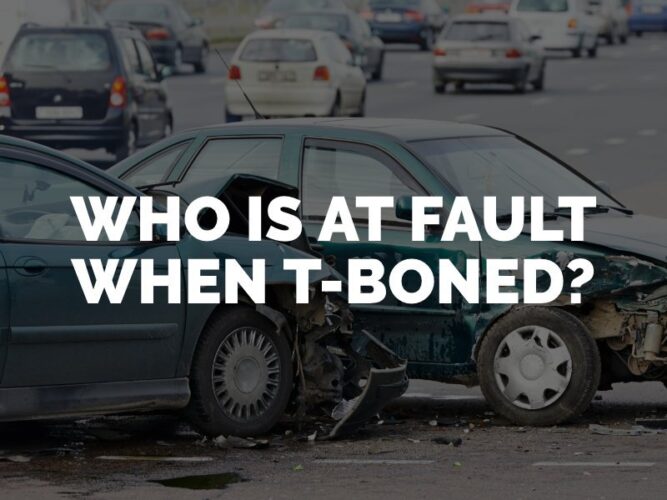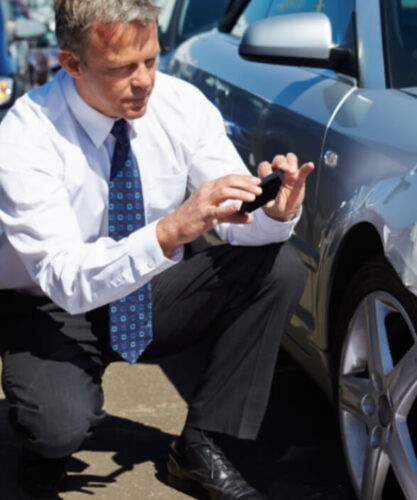What Exactly Causes T-Bone Car Accidents?

Studies reveal that T-bone accidents make up 13% of all car crashes in the United States. It is one of the most deadly types of crashes and mostly results in fatalities.
You might have seen in movies and TV shows where one car crashes into the other from the side, forming a T shape. That’s why people often call it a T-bone accident. These accidents can cause serious injuries, so it is important to hire a T-bone car accident lawyer to receive fair compensation.
Car accident lawyers at Rawlins Law are experts in T-bone car accident cases and can help you with claims settlement. To know more about these accidents and the causes of them, keep reading.
What is a T-Bone Car Accident?

T-bone accidents, also known as “side-impact crashes,” are very common in the US. These crashes can cause serious injuries or even death because the impact is strong and direct.
Usually, a T-bone accident happens when one vehicle is hit directly on its side at a 90-degree angle. It often occurs at intersections when a car ignores a traffic light or stop sign and crashes into cars passing through.
When a car gets hit in a T-bone crash, it’s completely exposed to the force of the collision. This leaves little protection for the driver. It often leads to severe injuries, so it is important to hire a T-bone car accident lawyer.
Main Causes of T-Bone Car Accidents

Some of the most frequent causes of these side-impact collisions include:
Running Red Lights or Stop Signs
When drivers fail to stop at intersections controlled by red lights or stop signs, they risk colliding with vehicles traveling through the intersection from perpendicular directions.
This disregard for traffic signals increases the likelihood of T-bone accidents because the vehicles involved are likely to collide at right angles, resulting in significant side-impact force.
Speeding Through Yellow Lights
Speeding through a yellow light can cause T-bone accidents in two main ways. Firstly, it shortens the time to clear the intersection before the light turns red, increasing the chance of hitting vehicles legally turning right on red lights.
Secondly, it can surprise other drivers, leading them to misinterpret the speeding driver’s actions and enter the intersection, resulting in a collision.
Failure to Yield
Failing to yield the right of way to oncoming traffic, especially at intersections, creates situations where vehicles may collide perpendicularly, resulting in T-bone accidents.
This can occur when a driver fails to give way to another vehicle legally proceeding through the intersection. Leading to a collision between the side of the yielding vehicle and the front or rear of the other vehicle.
Driving Too Fast
Exceeding the speed limit, particularly in congested areas, significantly reduces a driver’s reaction time. When traveling at high speeds, drivers have less time to perceive and respond to changing traffic conditions. This reduced reaction time increases the likelihood of T-bone accidents.
Distracted Driving
Engaging in activities like texting or eating while driving diverts a driver’s attention away from the road. With attention divided, drivers are less likely to notice traffic signals, pedestrians, or vehicles entering intersections. As a result, distracted drivers may fail to yield the right of way or react appropriately, increasing the risk of T-bone accidents.
Bad Visibility
Poor visibility can impair a driver’s ability to see other vehicles, pedestrians, or traffic signals, especially at intersections. In such conditions, drivers may fail to notice vehicles approaching from perpendicular directions or misjudge the distance and speed of oncoming traffic. This increases the likelihood of T-bone accidents.
Driving Under the Influence
When a driver operates a vehicle under the influence of alcohol or drugs, it impairs their judgment, coordination, and reaction time. As a result, intoxicated drivers may fail to perceive or respond appropriately, increasing the risk of T-bone accidents.
Inexperience
New drivers, particularly those with limited practice or training, may lack the skills and confidence to navigate various driving situations safely.
Inexperienced drivers may struggle to anticipate and react to potential hazards, such as vehicles entering intersections from side streets. This lack of experience increases the likelihood of errors in judgment or decision-making, contributing to T-bone accidents.
Car Problems
Mechanical issues with a vehicle, such as malfunctioning brakes or steering, can compromise a driver’s ability to control their car effectively.
For example, if a driver’s brakes fail to engage properly when approaching an intersection, they may be unable to stop or slow down in time to avoid colliding with vehicles crossing their path.
Contact a T-Bone Car Accident Lawyer

Consider consulting with a T-bone car accident lawyer if you’ve been in this type of crash. These accidents often result in severe injuries and potential future problems.
A T-bone car accident lawyer can help you assess the true value of your claim. Deal with insurance companies and manage all legal matters. Allowing you to focus on your recovery without added stress.




